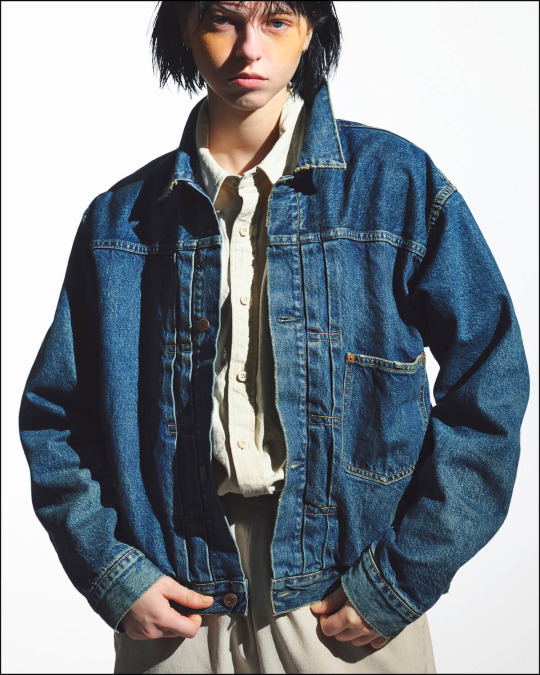#nonnative
Explore tagged Tumblr posts
Text

I went up to check on that special woodland spot and yes! The winter aconites are in bloom. Not native but they’ve naturalized in those woods so still cool to find!
#pennsylvania#landscape#flowers#spring flowers#winter aconite#naturalized wildflowers#nonnative#bloom scrolling
349 notes
·
View notes
Text








ASICS × nonnative GEL-TERRAIN GTX
156 notes
·
View notes
Text
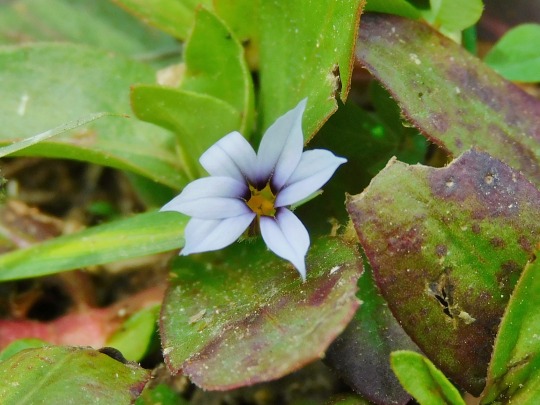


Annual Blue-Eyed Grass (Sisyrinchium micranthum) aka: blue pigroot, out in the lawn.
#nature#my photography#blue eyed grass#nature photography#nonnative#wildlife photography#lawn#wildflower#flower#blossom#backyard nature
18 notes
·
View notes
Text


nonnative x timberland
19 notes
·
View notes
Text
Week 18 Observations
4.30.25

Red-winged Blackbird
Agelaius phoeniceus
Observed 4.25.25 at Galveston Island State Park. Native to the area and their range includes most of North America to parts of Central America. They are one of the most common land birds with populations in the millions.
Males are highly aggressive when it comes to protecting their territory. Males can have up to 15 mates in their territory in a season. Their distinctive call is used to attract mates and warn off rivals.
Females don’t have the black with red wing coloration but are a drab brown that helps them blend into the marshy areas they nest in.
They are very adaptable and can live in a variety of habitats.
In some Ojibwa languages, they’re referred to as “memiskondinimaanganeshiinh” which translates to “bird with a very red shoulder blade.”
#redwingedblackbird #agelaiusphoeniceus #citizenscience #native #bird #male #nature #outdoors #april #april30 #2025 #picoftheday #project365 #day120
5.1.25

Killdeer
Charadrius vociferus
Observed 5.1.25 at Galveston Island State Park (the chicks were taken around spring of 2012). They are native to Galveston with resident and migratory populations.
They are considered shore birds and are very good swimmers but are mostly found in dry areas such as lawns or athletic fields.
Both males and females work on making the nest. Males use their chest to make a small divot or scrape where the nest will go. They’re usually found on lawns or gravel roads with pebbles.
They will pretend to be injured and become very vocal to lure predators away from their eggs.
The chicks are precocial which means they can swim, walk and run shortly after hatching.
#killdeer #charadriusvociferus #citizenscience #bird #native #nest #nature #outdoors #may #may1 #2025 #picoftheday #project365 #day121
5.2.25

Sunshine Mimosa
Mimosa strigillosa
Observed on Galveston along roadsides and at the park 5.2.25. Native to the Gulf of Mexico states and found north into Georgia and Arkansas.
This species makes for good ground cover in low maintenance areas because the roots of the mats help prevent soil erosion, it is drought tolerant once established, and can fix nitrogen into its roots so it doesn’t require much fertilization.
The beautiful, showy pink flowers attract pollinators and the little sulphur butterfly depends on this plant as a food source for its larvae.
Like other mimosa species, it is a sensitive plant. The leaves react to touch and will fold close. You can see where I have touched the leaves and they go from open/flat to folded! So cool!!
#sunshinemimosa #mimosastrigillosa #citizenscience #wildflower #native #sensitiveplant #nature #outdoors #may #may2 #2025 #picoftheday #project365 #day122
5.3.25

Cajun Hibiscus Blue Monday
Hibiscus rosa-sinensis
Observed on a neighbor’s porch at home on Galveston 5.3.25. The species this variety originated from is a native plant to Southeast Asia. It is a hybrid made from crossing different hibiscus species so it doesn’t have a natural range.
The Cajun hibiscus comes in a variety of colors with the blue Monday variety in blues and lavender.
They continuously bloom from spring to fall with large, showy blooms.
They thrive in containers making them great for patios. They need full sun for optimal growth with regular watering and fertilizing.
#cajunhibiscus #bluemonday #hibiscusrosasinensis #citizenscience #flower #pottedplant #garden #nonnative #hybrid #nature #outdoors #may #may3 #2025 #picoftheday #project365 #day123
5.4.25

Fork-tailed Bush Katydid
Scudderia furcata
Observed at the Artist Boat coastal sanctuary on Galveston 5.4.25. Its native range includes all of North America and Central America.
They are herbivores feeding on flowers, grass, leaves and fruit. I watched this one scrape its “foot” across the flower scooping up dew and drinking it.
The males rub their wings together creating a “tzit” sound to attract females. During mating season they also provide their mate a nuptial gift called a spermatophore which is a protein rich capsule containing sperm. The females lay their eggs in fall/winter. The nymphs (babies) hatch in spring.
#forktailedbushkatydid #Scudderiafurcata #citizenscience #native #insect #katydid #artistboat #nature #outdoors #may #may4 #2025 #picoftheday #project365 #day124
5.5.25

Sidewalk Firedot
Xanthocarpia feracissima
Observed on my balcony in Galveston 5.5.25. It is a lichen native to the eastern US and Canada.
This lichen is part of a group known for their bright colors, adding natural beauty to the mundane, and the ability to thrive in diverse environments. It is very common on sidewalks, retaining walls, and balconies :)
Its bright orange reproductive structures, or apothecia, stand out and give it a fire dot appearance.
#sidewalkfiredot #Xanthocarpiaferacissima #citizenscience #native #lichen #firedot #macro #nature #outdoors #may #may5 #2025 #picoftheday #project365 #day125
5.6.25

Scarlet Pea
Indigofera miniata
Observed at Galveston Island State Park 5.2.25. Native to the eastern two-thirds of Texas.
It is a great ground cover growing low in trails or it can mound up. This growth helps protect against soil erosion. It can also grow in many different substrates.
Its well established root systems helps it withstand long lasting drought conditions.
It is a host plant for different species of butterfly larvae. Butterflies are attracted to the salmon colored flowers and it is a popular snack for livestock and deer.
#scarletpea #Indigoferaminiata #citizenscience #native #wildflowers #nature #outdoors #may #may6 #2025 #picoftheday #project365 #day126
#citizen science#nature#outdoors#native#birds#fauna#red winged blackbird#killdeer#nest#eggs#chick#sunshine mimosa#wildflower#flora#Cajun hibiscus#blue monday#hibiscus#flower#nonnative#fork tailed bush katydid#insect#katydid#sidewalk Firedot#lichen#scarlet pea
8 notes
·
View notes
Text



8 notes
·
View notes
Text




Jun Takahashi and Takayuki Fujii for their nonnative x UNDERCOVER OZISM Capsule Collection honoring the late Japanese film director Yasujirō Ozu
11 notes
·
View notes
Text

Timberland® X nonnative® - 6-INCH PREMIUM BOOT VIBRAM GTX
(my wardrobe)
8 notes
·
View notes
Text
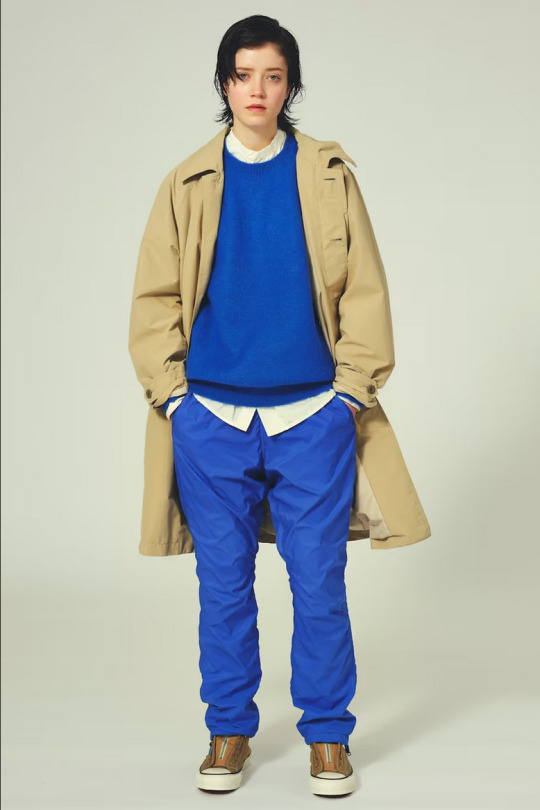
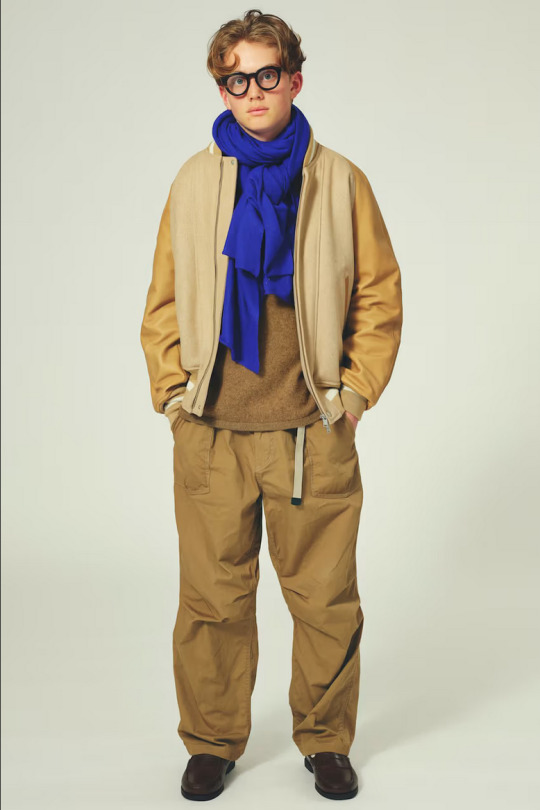
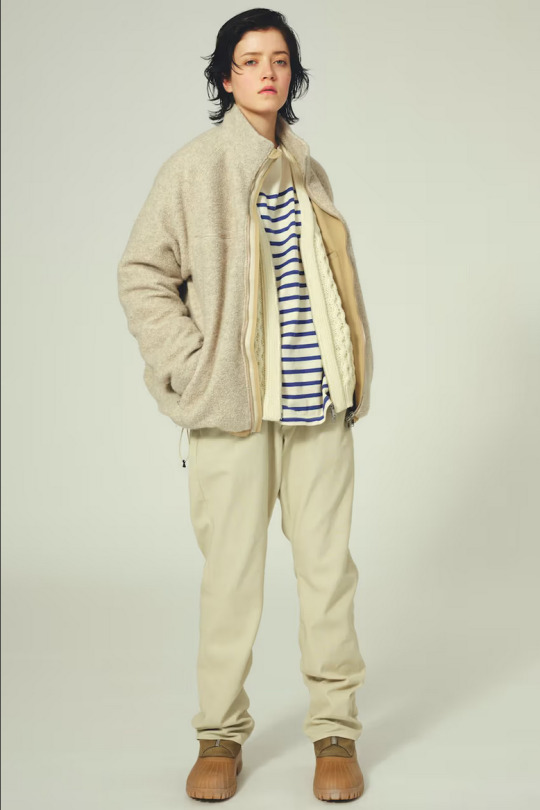
nonnative FW23
#nonnative#japanese brand#japanese fashion#japanese streetwear#japanese#japan#style#fashion#streetstyle#city boy#american casual
17 notes
·
View notes
Text

I saw oxeye daisies today, my favorites!
275 notes
·
View notes
Text
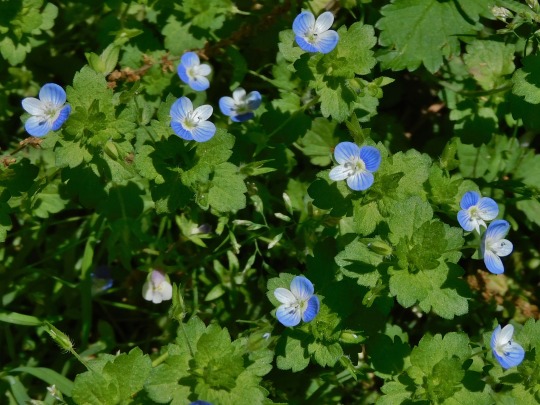


Patch of Bird's Eye Speedwell (Veronica persica) or Persian Speedwell out in the lawn this afternoon.
#nature#my photography#speedwell#nature photography#birds eye speedwell#backyard nature#wildflower#nonnative#blossom#flower
13 notes
·
View notes
Text


UNDERCOVER X NONNATIVE X GUIDI SS24 HORSE LEATHER HIKING BOOTS
#Undercover#jun takahashi#Nonnative#SS24#2024#Horse leather#leather#boots#leather boots#hiking boots#fashion#collaboration#for sale
7 notes
·
View notes
Text
Week 24 Observations
6.11.25
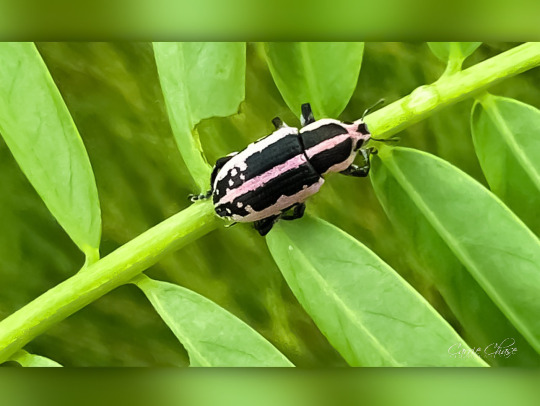
Beautiful Clown Weevil
Eudiagogus pulcher
Observed at Galveston Island State Park 6.11.25. They are native to North America, are harmless to humans and are not known to be destructive.
They spend their life on and around sesbania plants such as the bigpod sesbania I found this guy on. The adults feed on the leaves and their larvae pupate in the soil by the roots of this plant.
Adults can fly but rarely do.
Females mate before going into a winter resting stage or diapause and spend this time under the bark of trees.
#beautifulclownweevil #Eudiagoguspulcher #citizenscience #native #insect #june #june11 #2025 #picoftheday #project365 #day162
6.12.25

Silvery Bryum
Bryum argenteum
Observed 6.11.25 at Galveston Island State Park. It’s a native moss that is also found on almost all continents.
Unlike most plants it does not have roots but rhizoids or thread like structures anchoring it to a surface.
It does not create and release pollen but can spread but pieces breaking off and starting new colonies.
It gets its name from the upper parts of the leaves lacking chlorophyll which help protect photosynthetic cells deeper in the leaves from harsh sunlight. It can go dormant under unfavorable conditions such as pollution or drought and then resume growth once conditions improve.
#silverybryum #Bryumargenteum #citizenscience #native #cosmopolitan #moss #nature #outdoors #june #june12 #2025 #picoftheday #project365 #day163
6.13.25

Common Lantana
Lantana camara
Observed at Galveston Island State Park 6.11.25. It originates from South and Central America but has naturalized in many places including Galveston. It is also considered invasive here, outcompeting native lantana for resources.
The plant is poisonous to animals especially livestock and the berries are even more so when unripe.
The flowers change from a creamy yellow to pink as the plant matures. They are aromatic as well. Good source of nectar for butterflies, bees and hummingbirds.
#commonlantana #Lantanacamara #citizenscience #lantana #nonnative #invasive #flora #nature #outdoors #june #june13 #2025 #picoftheday #project365 #day164
6.14.25

Great Blue Heron
Ardea herodias
Observed at Galveston Island State park and along the roadside 6.13.25. This species is native to Galveston. There are migratory populations but we get some that breed here as well.
They usually hunt for food alone but travel in small flocks and can create large breeding colonies. They eat a variety of animals but primarily feed on fish. They have excellent night vision so they can hunt at night.
When trying to attract a mate the males will present a stick to a females and may even do a dance.
They have feathers on their chest that fray into powder that protects them from slime and helps clean their feathers.
#greatblueheron #Ardeaherodias #citizenscience #native #bird #nature #outdoors #heron #june #june14 #2025 #picoftheday #project365 #day165
6.15.25
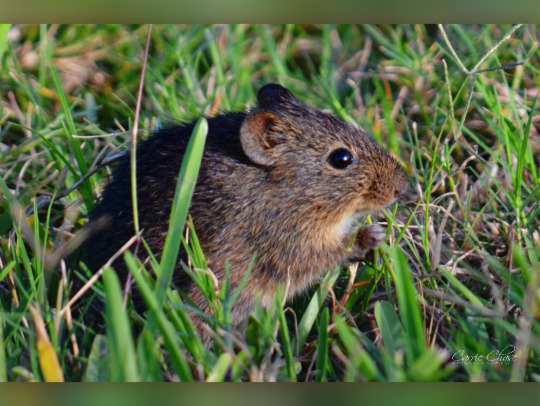
Hispid cotton rat
Sigmodon hispidus
Observed in Galveston Island State Park 6.15.25. It is native to Galveston and there is a study that shows Galveston County is a contacted zone for different genetic lineages of this species.
They are active year round and during both night and day. They mainly feed on grass and flowering plants but will also eat insects and seeds. They use dense vegetation for cover and have thick, stiff fur to protect themselves from sharp grasses and thorns.
They are reproductively prolific being able to have several litters year round with 5-7 babies each time. This is most likely because they only live about 6 months. They also play a vital role in their ecosystem as prey for snakes and birds.
#hispidcottonrat #Sigmodonhispidus #citizenscience #cottonrat #native #mammal #nature #outdoors #june #june15 #2025 #picoftheday #project365 #day166
A Great Blue Heron trying to eat a Hispid Cotton Rat. Circle of life in action!


6.16.25
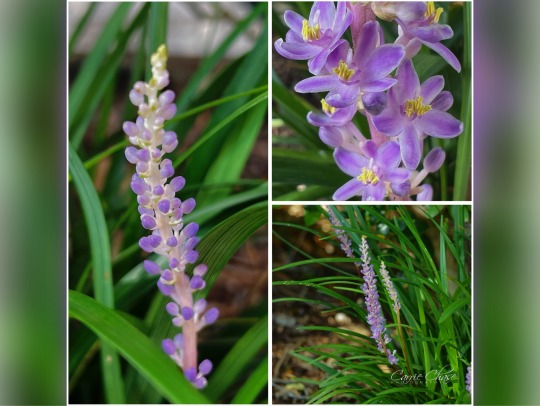
Liriope
Liriope muscari
Observed at home 6.15.25. Native to East Asia and is not considered invasive here but has the potential to grow aggressively under the right conditions.
Though it looks like grass and can be used as ground cover it is actually in the asparagus family.
It stores water with its fleshy, tuber-like roots, helping it through periods of drought and making it a low maintenance plant.
It is good for people with cats because it is a safe plant for them to be around.
#liriope #Liriopemuscari #citizenscience #nonnative #ornamentalplants #flora #nature #outdoors #june #june16 #2025 #picoftheday #project365 #day167
6.17.25
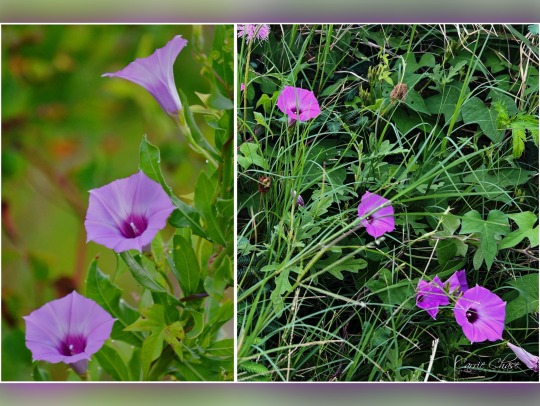
Tievine
Ipomoea cordatotriloba
Observed at Galveston Island State Park 5.21.25 and most days after. A native morning glory species with a range from Southeastern US down to South America.
It is a purple flowered perennial, that can live more than 2 years. It blooms from spring to fall and is heat and cold tolerant and thrives in fun sun.
It attracts hummingbirds, larger butterflies and bees for its nectar. It is a host plant for variegated fritillary butterfly larvae.
It self seeds which can get out of hand causing it to become invasive.
It’s a good indoor plant because its leaves are able to help remove pollutants like formaldehyde and benzene from the air.
#tievine #Ipomoeacordatotriloba #citizenscience #native #perennial #morningglory #nature #outdoors #june #june17 #2025 #picoftheday #project365 #day168
#citizen science#nature#outdoors#native#insect#beautiful clown weevil#silvery bryum#moss#cosmopolitan#common lantana#lantana#nonnative#invasive#great blue heron#birds#hispid cotton rat#mammal#liriope#tievine#morning glory#flora#flowers
5 notes
·
View notes
Text
i will know peace when ppl stop releasing nonnative insects in their gardens as "pest control"
#this post is about european and chinese mantids#also side note stop using the word pest#<- for some reading on that i recommend the following book#Pests by Bethany Brookshire#pests#garden pests#entomology#insect#insects#bugs#chinese mantis#european mantis#Tenodera sinensis#Mantis religiosa#nonnative#invasive species#nonnative species#native species
15 notes
·
View notes



